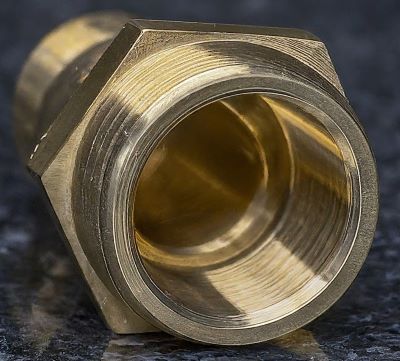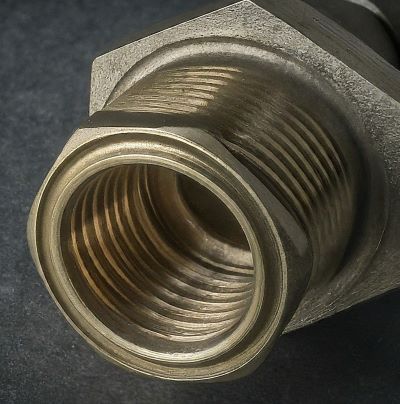When it comes to plumbing and industrial piping systems, secure connections are paramount. Pipe threads play a vital role in achieving these secure connections. But with a variety of standards around the world, ensuring compatibility can be a challenge.
Two of the most common pipe thread standards are NPT and BSP. Let’s delve into the world of NPT vs BSP and understand the key differences to choose the right standard for your application.
What is NPT?
National Pipe Thread (NPT) is a tapered thread standard widely used in North America. Its key features are:
➡️ Tapered design: This taper allows for a self-sealing connection as the fitting is tightened. The tighter the connection, the better the seal.
➡️ 60-degree thread angle: The threads are cut at a 60-degree angle for optimal sealing and strength.
➡️ Flattened peaks and valleys: The flat profile of the threads contributes to the self-sealing mechanism.
What is BSP?
The British Standard Pipe (BSP) is a global standard prevalent in Europe, Asia, Africa, and many other regions. BSP has two subtypes:
➡️ BSPP (Straight Pipe): Unlike NPT, BSPP threads are straight and require a separate sealant, such as Teflon tape, for a leak-proof connection.
➡️ BSPT (Tapered Pipe): BSPT threads share similarities with NPT, also being tapered. However, BSPT has a 55-degree thread angle and rounded peaks and valleys, making them incompatible with NPT threads.
Key Differences Between NPT and BSP
Here’s a breakdown of the key differences between NPT and BSP:
➡️ Thread angle: NPT (60°) vs. BSP (55°)
➡️ Thread shape: NPT (flat) vs. BSP (rounded)
➡️ Sealing mechanism: NPT (self-sealing) vs. BSP (may require sealant)
➡️ Interchangeability: NPT and BSP are not interchangeable due to the above differences.
Choosing the Right Standard: NPT vs. BSP
Selecting the right standard depends on several factors:
➡️ Geographic location: NPT is dominant in North America, while BSP reigns supreme in most other regions.
➡️ Existing piping system: Match the thread standard to your existing pipes and fittings for compatibility.
➡️ Pressure rating: Both NPT and BSP have pressure limitations. Choose a standard that meets the pressure requirements of your application.
Additional Considerations
➡️ Thread gauge identification: Using a thread gauge is crucial to accurately identify the type of thread on a pipe.
➡️ Risks of incompatibility: Using incompatible threads can lead to leaks, damage, and system failure.
➡️ Professional advice: For complex applications, consulting a professional plumber or pipefitter is recommended.
Frequently Asked Questions (FAQ)
Q: Can I use an NPT fitting with a BSP pipe?
A: No, due to the thread angle and shape differences, NPT and BSP are not interchangeable.
Q: How can I identify the type of thread on a pipe?
A: Use a thread gauge to measure the thread angle and count the threads per inch. This will help you identify the specific thread standard.
Q: What are the alternatives to NPT and BSP threads?
A: Metric threads are another option, but their use is less common in North America and may require specific fittings.
Conclusion
NPT and BSP are both widely used pipe thread standards, but their key differences are crucial to understand. By considering the factors mentioned above, you can select the appropriate standard for your application and ensure secure, leak-proof connections in your piping system.
For further information on pipe threads and standards, refer to resources from industry associations or pipe fitting manufacturers.
Post time: Jun-12-2024



